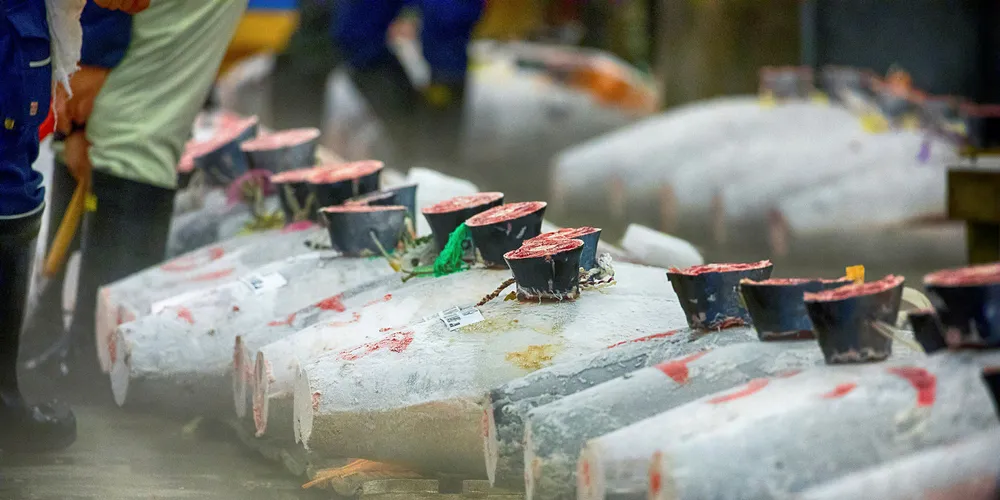Tuna 2018 blog: Recap on three busy days in Bangkok
The Thai capital hosted the world's biggest tuna conference this week. Don't miss IntraFish's in-depth coverage.

The Thai capital hosted the world's biggest tuna conference this week. Don't miss IntraFish's in-depth coverage.
